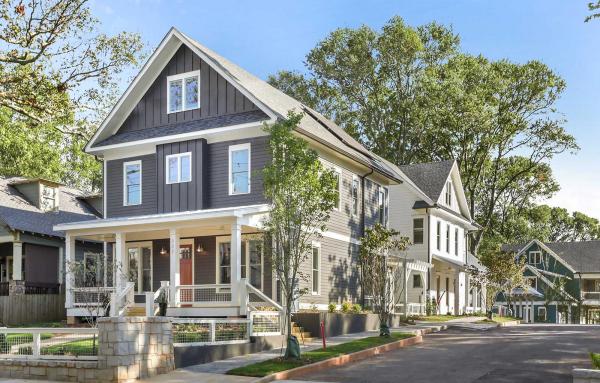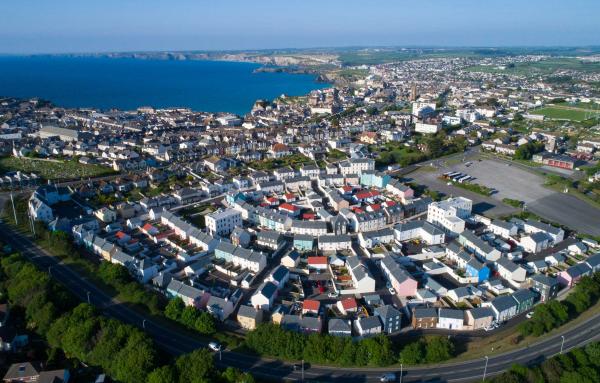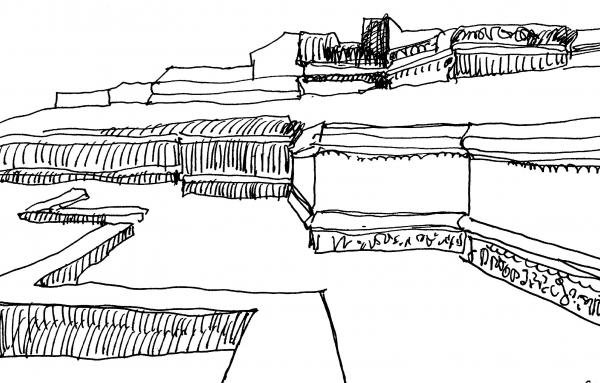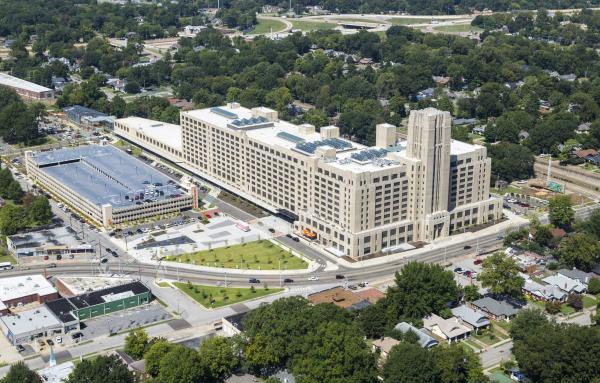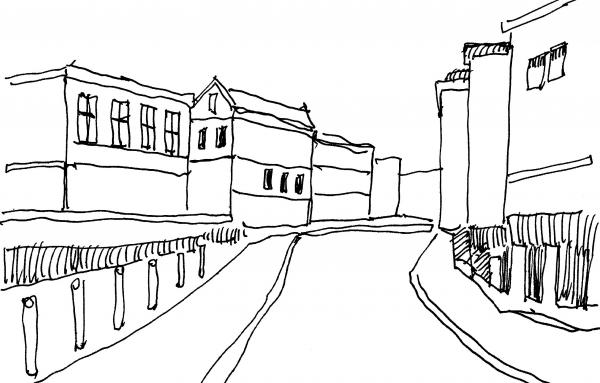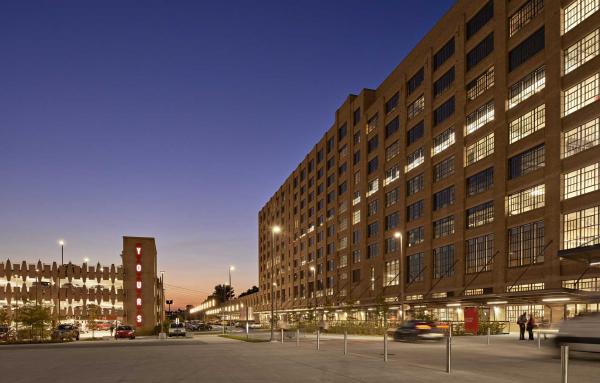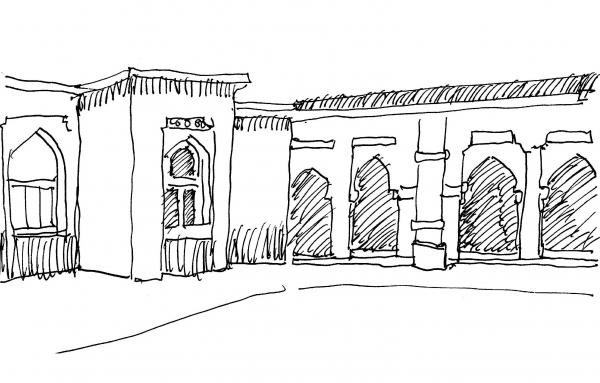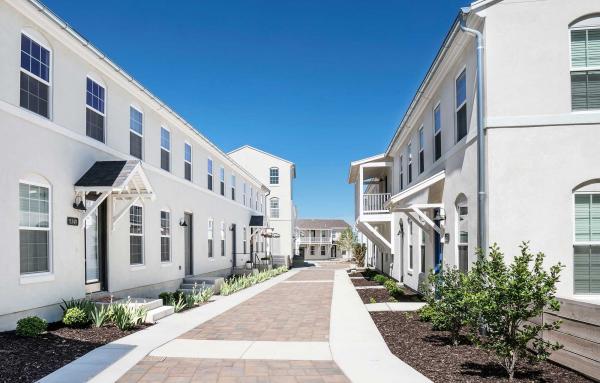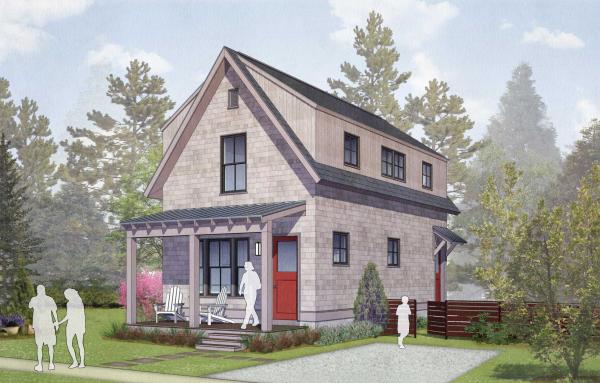Design
A transit-accessible infill development includes a variety of housing types geared to improving the economics of urban living.
Tregunnel Hill in Cornwall, England, proves that the principles used in Prince Charles's Poundbury are replicable.
A revolutionary method of direct human responses to imagined forms, performed on the actual site, reveals a vast amount of useful design information not otherwise available.
Crosstown Concourse reused a massive blight in the midst of disinvested Memphis neighborhoods.
Author’s note: This is the third in a series of ten essays that present innovative techniques for designing and repairing a corporate or university campus. These tools combine New Urbanist principles with Alexandrian design methods. Traditional...
CNU resurrects the Athena Medal in Savannah to entice the Danish sage of human-scale cities. Next year: New Bourbonism.
Crosstown Concourse, the redevelopment of a 1.3 million square foot former Sears distribution center that sat empty for decades among run-down Memphis neighborhoods, won the Grand Prize in CNU’s 17th annual Charter Awards, announced in Savannah,...
This is the second in a series of ten essays that present innovative techniques for designing and repairing a corporate or university campus. These tools combine New Urbanist principles with Alexandrian design methods. Even though Christopher...
Author's note: I will present innovative techniques for designing a campus, in a series of ten essays. The most human campuses (corporate, or university) combine adaptive geometric typologies acting in partnership. This is the secret to creating...
Mews homes are an affordable and flexible model for mid-block family housing.
The Side Hustle House has been designed to supplement primary income and evolve as household needs change.
A balanced project with placemaking that meets the market and gets public approval requires patience and understanding of building types.
